Cities in Croatia 6 That Are Way Better Than You Think
Last updated on June 19th, 2025 at 11:45 pm
Picture this: I’m standing in line for three hours just to walk on some ancient stone walls in Dubrovnik—one of the most famous cities in Croatia sweating my ass off, surrounded by people taking selfies with those stupid sticks. A kid behind me is having a meltdown, someone’s backpack keeps smacking me in the back, and I’m thinking, “This is supposed to be vacation?”
Then this older Croatian guy next to me starts laughing. “My nephew lives in Osijek,” he says. “Beautiful city, nobody goes there. You can walk everywhere, eat like a king for ten euros, and actually talk to people instead of fighting them for space.”
That conversation happened in July 2023, and it basically ruined me for typical tourist destinations. Three months later, I’d visited every small Croatian city I could find, and let me tell you something: the famous places are tourist traps. The real Croatia? It’s in these smaller cities that most people completely ignore.
I’m talking about places where dinner for two costs what one appetizer costs in Split. Where you can sit in a medieval square at midnight without dodging drunk British tourists. Where locals actually want to chat with you instead of trying to sell you something.
Here are six Croatian cities that made me realize I’d been traveling all wrong.
Table of Contents
Why Everyone’s Got the Cities in Croatia Completely Backwards
The whole Croatian tourism thing is backwards. Millions of people pile into the same three cities, paying stupid money for mediocre experiences, while incredible places sit empty an hour away.
I watched a couple pay €45 for pasta in Dubrovnik that would cost €8 anywhere else in Croatia. The pasta wasn’t even good – overcooked, no flavor, clearly from a tourist menu. Meanwhile, I had the best meal of my life in Varaždin for €12, cooked by a grandmother who’d been making the same dish for forty years.
But it’s not just about money. It’s about sanity. In these smaller cities, you can actually relax. You can take your time exploring instead of rushing to beat the crowds. You can have real conversations with Croatian people who aren’t burned out from dealing with tourists all day.
That’s what travel should feel like, and these cities deliver.
Six Cities That Show You the Real Croatia
Varaždin – The City That Time Forgot (In a Good Way)
That Croatian guy wasn’t wrong about his country’s hidden gems. When I finally made it to Varaždin in October, I spent my first hour just walking around with my mouth open.
This place used to be Croatia’s capital in the 1700s, and it shows. Every single building looks like it belongs in a fairy tale – soft pastels, baroque details, and streets so perfectly preserved you half expect horse-drawn carriages to come clopping around the corner.
The whole old town takes maybe an hour to walk across, but you’ll want to spend days there. Locals treat their afternoon coffee like a sacred ritual, sitting in outdoor cafes for hours, watching the world go by. Do the same. Order a cappuccino, grab a table in the main square, and just exist for a while.
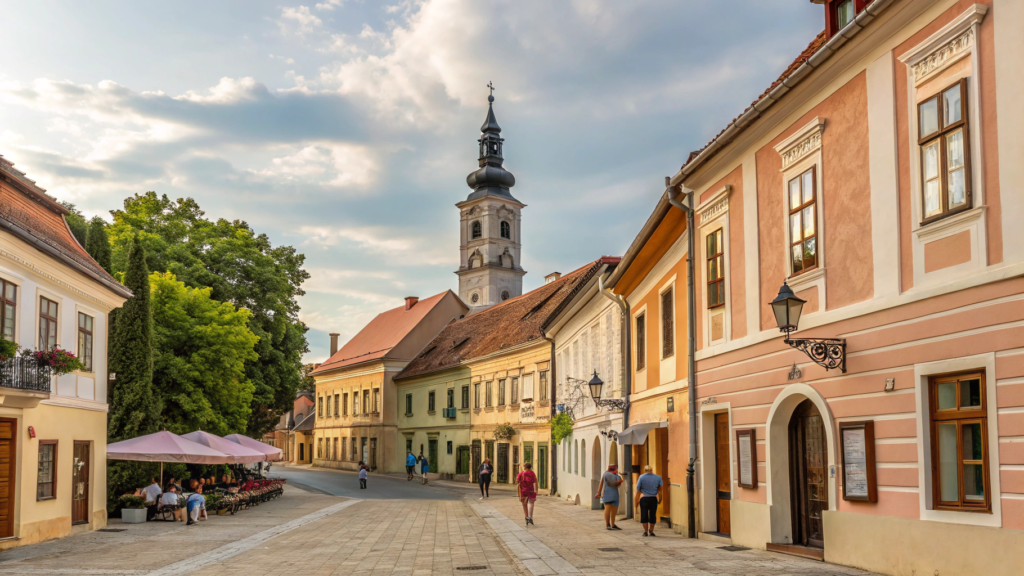

What blew me away:
- The castle museum costs €4 and has incredible exhibits about Croatian noble families who lived like kings
- Every September, the entire city becomes a street festival called Špancirfest – music, food, art everywhere
- Restaurant portions are massive and nobody’s trying to rip you off because they actually depend on locals
- Streets are immaculate but lived-in, not sanitized for tourists
I planned to stay two nights and ended up staying five. There’s something hypnotic about a place where your biggest decision is which cafe to try next.
Šibenik – Medieval Streets Without the Tourist Circus
If you want the medieval Croatia experience without feeling like you’re in Disneyland, Šibenik is your place. Same stone architecture as Dubrovnik, same dramatic coastal setting, but you can actually breathe.
The Cathedral of St. James is legitimately one of the most incredible buildings I’ve ever seen. The whole thing is built from stone blocks fitted together without mortar – medieval engineering that still blows modern architects’ minds. You can spend an hour just studying the carved faces on the outside walls.
But here’s the kicker: Šibenik is your gateway to Krka National Park. While everyone’s elbowing each other at Plitvice Lakes, Krka has equally stunning waterfalls where you can actually swim. I spent a whole day there and saw maybe fifty other people total.
The old town is completely car-free, so wandering around feels like meditation instead of an obstacle course. Plus, locals here still love their city instead of being sick of tourism, so they’re genuinely happy to share recommendations.
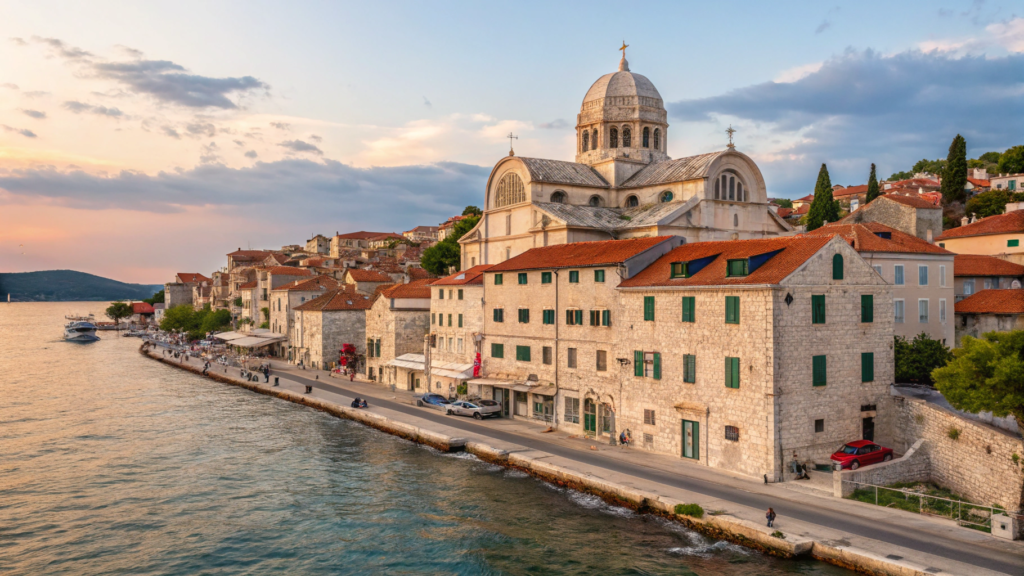

Pro tip: Book dinner reservations in summer. Not because of tourists, but because locals here eat out constantly and the good restaurants fill up fast.
Osijek – Where Young Croatia Lives and Parties
Eastern Croatia gets completely ignored by most travelers, which is insane because Osijek might be the most fun city in the whole country.
It’s built around a huge university, so the energy is incredible. Students everywhere, live music spilling out of bars, cafes packed until midnight. The whole city has this optimistic vibe that’s totally addictive.
The Tvrđa fortress district is where you’ll spend most of your time. It’s this massive baroque complex right on the Danube River, packed with museums, restaurants, and bars. But unlike similar areas in tourist cities, it doesn’t feel fake. Real people live and work here.
The food scene is unreal. This is Slavonia region, known for hearty cuisine that’ll keep you full for days. I had kulen sausage that was so good I bought six more to bring home. The local wines are fantastic too, and cost maybe a third of what you’d pay on the coast.
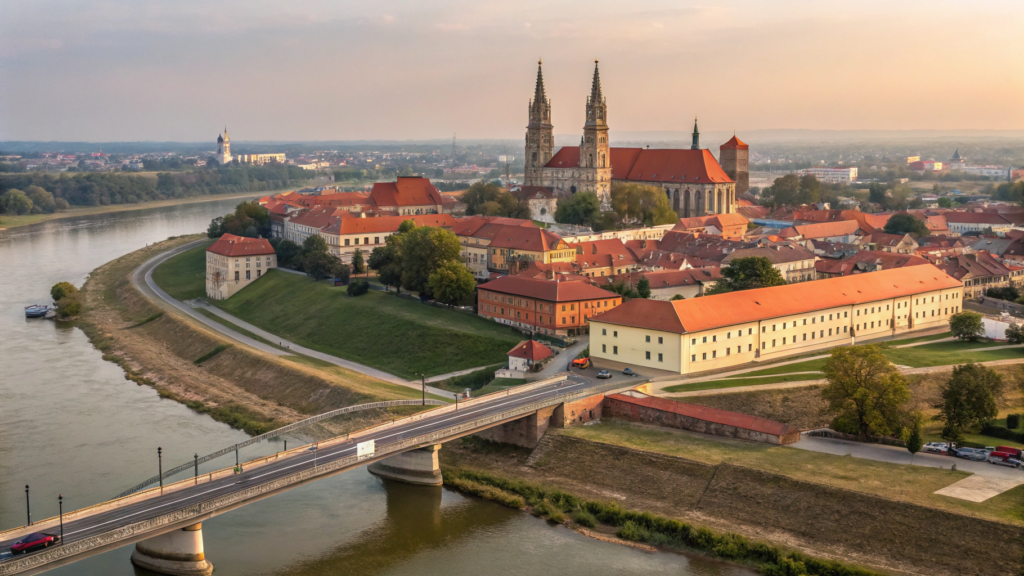

Don’t miss the Danube boat trips. For €15, you get two hours cruising the river with incredible views of the city. Perfect for watching the sunset with a beer in hand.
Karlovac – The Star-Shaped City That Actually Delivers
When someone tells you a city is built in a perfect star shape, you expect some cheesy tourist gimmick. Karlovac is the exact opposite – it’s this genuinely cool place that happens to have incredible Renaissance urban planning.
Four rivers converge here, making it perfect for water stuff. I went kayaking on the Korana and couldn’t believe how clean the water was. You can see straight to the bottom, fish swimming around your paddle.
The beer scene here is legendary. Karlovac Brewery has been running since 1854, and their beer garden is the perfect place to waste an afternoon. I ended up playing cards with a bunch of local retirees who taught me Croatian swear words in exchange for English ones.
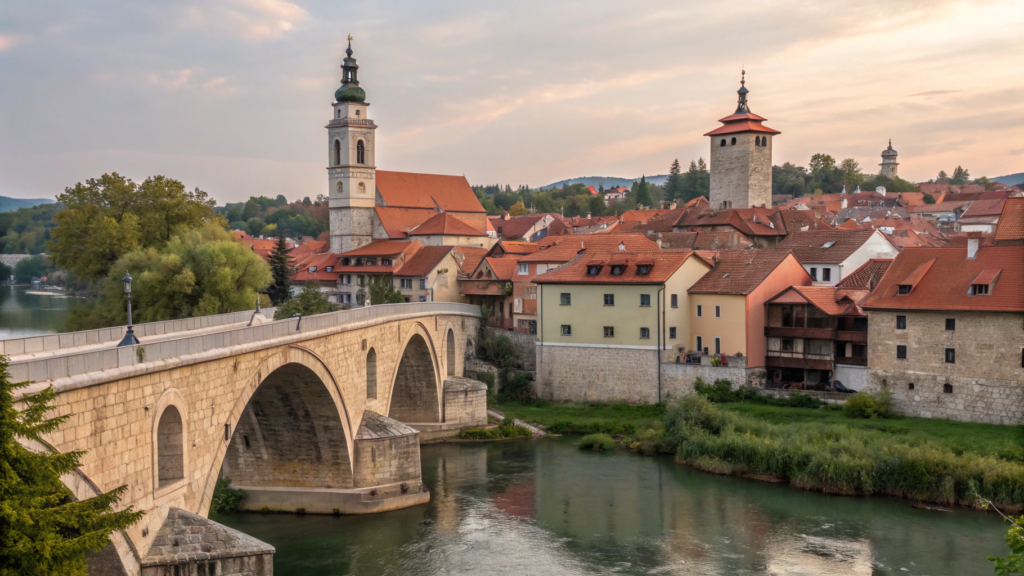

You can walk the entire city center in half a day, but there’s tons to explore nearby. Castles, caves, hiking trails that see almost no visitors. It’s like having your own private adventure playground.
Čakovec – Where Croatia Gets a Hungarian Accent
Up near the Hungarian border, Čakovec feels like a different country entirely. The Austro-Hungarian influence is everywhere – architecture, food, even how people arrange flowers on their balconies.
The Zrinski Castle is the main draw, and it’s got this romantic, slightly spooky atmosphere that I absolutely loved. The museum inside tells wild stories about one of Croatia’s most powerful families. You can climb the tower for amazing views over the Međimurje countryside.
But the real magic here is the thermal spa culture. The whole region is dotted with natural hot springs, and soaking in them while snow falls outside is pure heaven. I went in February and spent entire afternoons moving between different temperature pools.
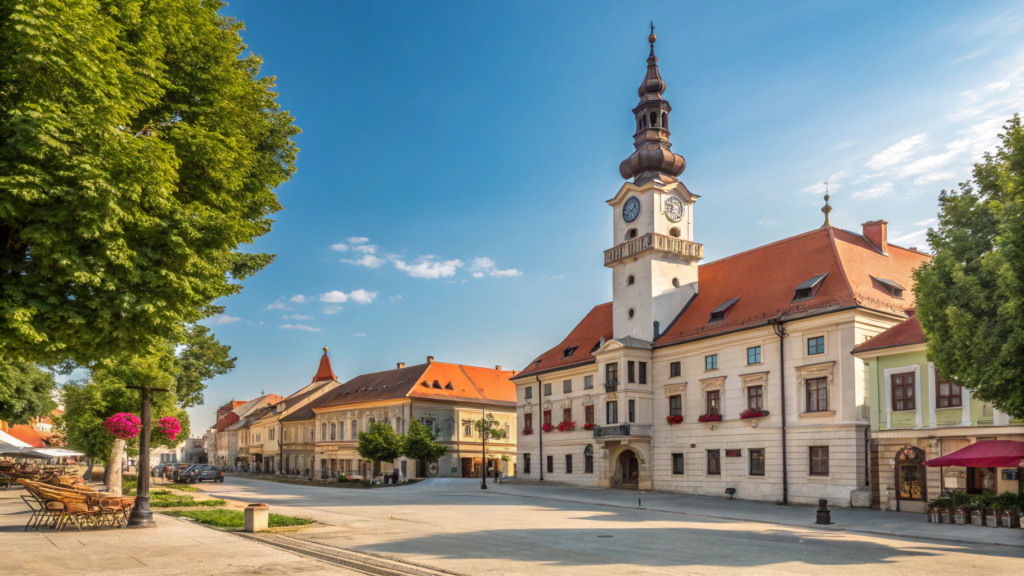

The food is comfort food paradise. Turkey with mlinci (traditional pasta) became my obsession. It’s like the best Thanksgiving dinner you’ve ever had, but you can get it anywhere.
Gospić – Your Gateway to Croatia’s Wild Heart
Most people blast through Gospić on their way to Plitvice, which is a huge mistake. This mountain town is surrounded by the Velebit range and offers hiking that rivals anything in the Alps.
The town itself is small and no-nonsense, but that’s what makes it great. No fancy shops or tourist traps – just honest local places where families have been serving the same food for generations.
What makes Gospić special is the access to incredible nature. The Premužić Trail is considered one of Europe’s most beautiful mountain hikes, and it starts right from town. Even if you only do part of it, the views over the coast and valleys are unforgettable.
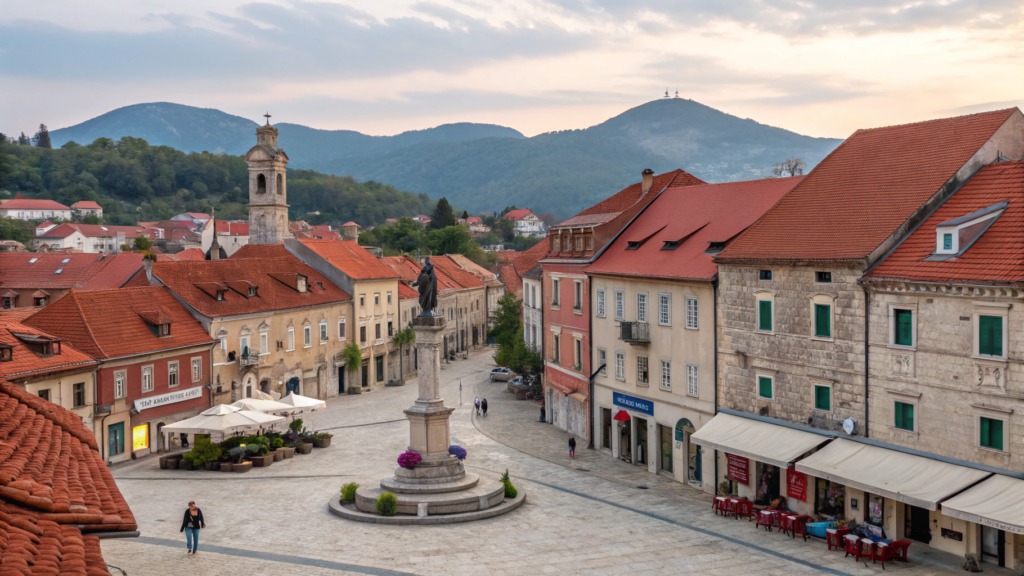

There’s also the Tesla connection – the famous inventor was born nearby. The memorial center is actually interesting instead of just being another tourist trap.
Getting Around Without Losing Your Mind
After visiting all these places, here’s what I figured out about transportation:
Rent a car. Just do it. You’ll pay about €30 per day, but the freedom is worth every cent. Some of these cities are a pain to reach by bus, and having wheels lets you discover amazing stuff between destinations.
If you’re going car-free, Croatia’s bus system works but requires patience. Getting between smaller cities often means connecting through Zagreb or Split, turning quick trips into all-day affairs.
Trains are limited but beautiful. The Zagreb-Varaždin route winds through countryside that looks like a postcard.
My biggest screw-up was trying to cram too much into too little time. Give yourself at least two nights in each place to actually experience the local rhythm instead of just checking boxes.
When to Go (And When Not To)
Timing matters huge with these destinations:
April and May are perfect. Great weather, tiny crowds, everything blooming. This is when I’d go back in a heartbeat.
September and October give you awesome weather, harvest season stuff, and that golden light that makes everything look like a movie.
Summer (June-August) is warmest but busiest. Even these hidden places get more visitors, though nothing crazy like the famous spots.
Winter can be magical if you’re into cozy vibes and thermal spas, but lots of smaller places close down.
Avoid late November through March unless you’re specifically going for winter activities. Many restaurants and attractions shut down during slow season.
What This Actually Costs
Here’s the money breakdown that made me fall in love with these places:
Daily spending (per person):
- Nice hotel/apartment: €50-90 per night
- Three solid meals: €30-40
- Getting around/activities: €15-25
- Drinks/coffee/random stuff: €10-15
Total per day: €70-90
Compare that to Dubrovnik where you’re looking at €200+ daily without even trying. I kept obsessive records, and these cities cost me about half what I’d budgeted for mainstream Croatian places.
The quality difference is mind-blowing too. For €60 per night, I stayed in gorgeous apartments with full kitchens and balconies, plus owners who hooked me up with restaurant tips. That same money in Dubrovnik gets you a tiny hotel room with no personality.
Why This Matters More Than Just Saving Money
Yeah, spending less is great. Dodging crowds is even better. But the real reason to visit these Croatian cities goes way deeper.
These places remind you what travel felt like before everything got turned into content for social media. You’ll have actual conversations with Croatian people who are curious about your story instead of just tolerating you. You’ll find restaurants that become your temporary hangouts. You’ll slow down, pay attention, actually live in the moment instead of documenting it.
I left each city with stories I never could have planned. The grandmother in Varaždin who dragged me to her grandson’s birthday party. The college kid in Osijek who showed me the best 2 AM burek spot. The spa owner in Čakovec who taught me card games while we soaked in hot springs.
This stuff doesn’t happen in tourist zones. It happens in real places where people live actual lives and still have time to be interested in strangers.
Time to Stop Following Everyone Else
Croatia’s hidden cities are sitting there waiting for travelers who want something more than another predictable vacation. They’re waiting for people who get that the best experiences happen when you go where nobody else is going.
Pick whichever one speaks to you. Fly into Zagreb, rent a car, spend a week exploring. Go with Varaždin if you love architecture and cafe culture. Try Šibenik for medieval vibes by the water. Choose Osijek for nightlife and energy. Pick Karlovac for something totally unique. Go with Čakovec for thermal spas and amazing food. Head to Gospić if mountains make you happy.
Whatever you choose, you’ll come home with stories nobody else has heard. In a world where every destination feels like it’s been done to death, that’s worth everything.
What hidden places have you stumbled onto in your travels? Tell me in the comments – I’m always hunting for my next off-the-map adventure!

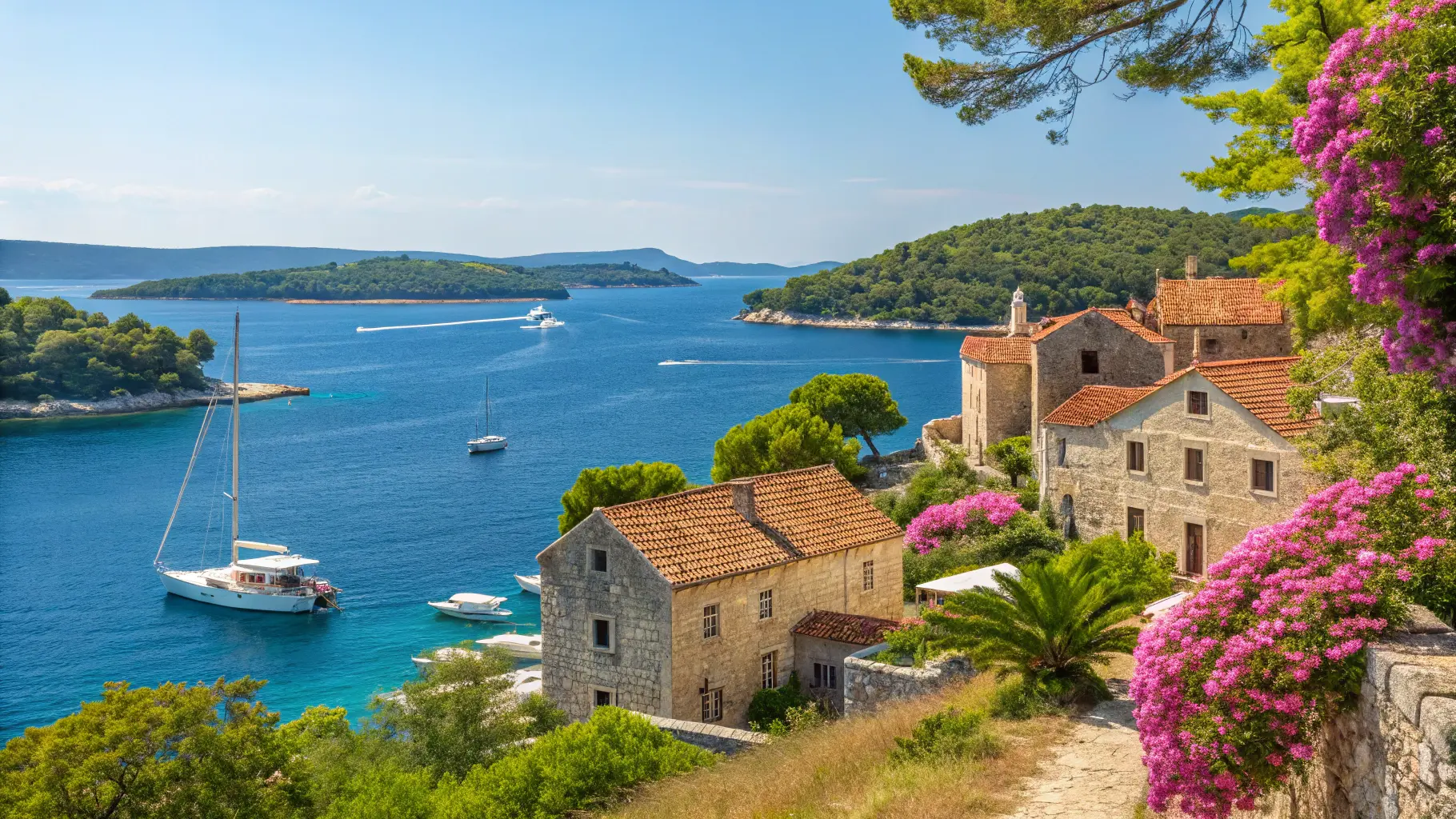


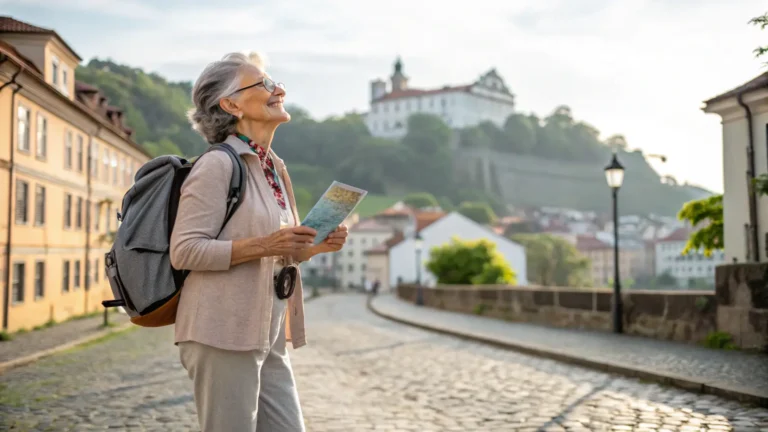

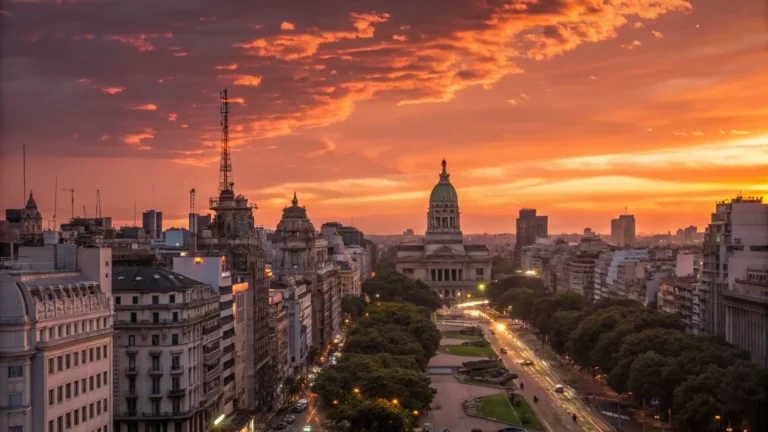
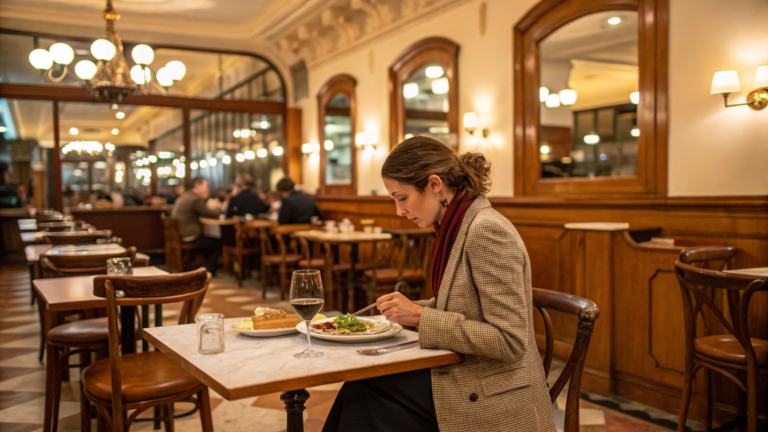
One Comment